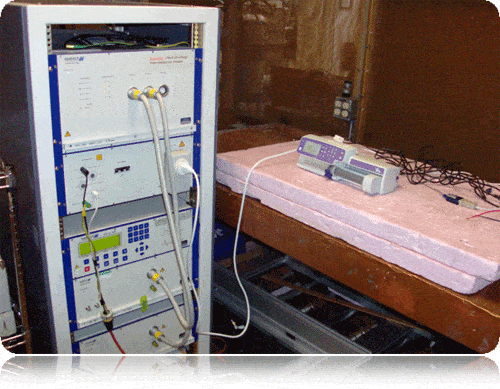
This test measures the ability of equipment to withstand transients which can be classified into two major categories, Switching and Lightning.
System switching transients can be separated into transients associated with:
a) major power system switching disturbances, such as capacitor bank switching.
b) minor switching activity near instrumentation or load changes in the power supply
distribution system.
c) resonating circuits associated with switching devices, such as thyristors.
d) various system faults such as short circuits and arcing faults to the earthing system
of the installation.
The major mechanisms by which lightning produces surge voltages are the following:
a) direct lightning strike to an external circuit (outdoor) injecting high currents
producing voltages by either flowing through earth resistance or flowing through the
impedance of the external circuit.
b) an indirect lightning strike (strike between or within clouds or to nearby objects
which produces electromagnetic fields) that induces voltages/currents on the
conductors outside and/or inside a building.
c) lightning earth current flow resulting from nearby direct to earth discharges
coupling into common earth paths of the earthing system of the installation.
The rapid change of voltage and flow of current which may occur when a protector is excited may couple into internal circuits.
Use the sidebar on the right of the page to contact us for your needs.